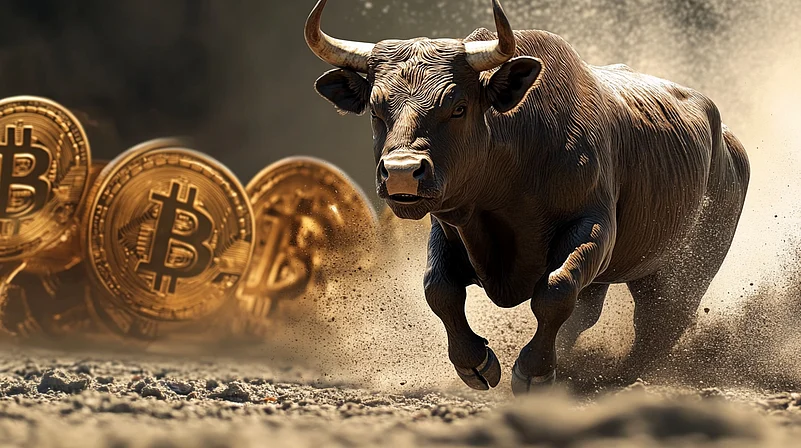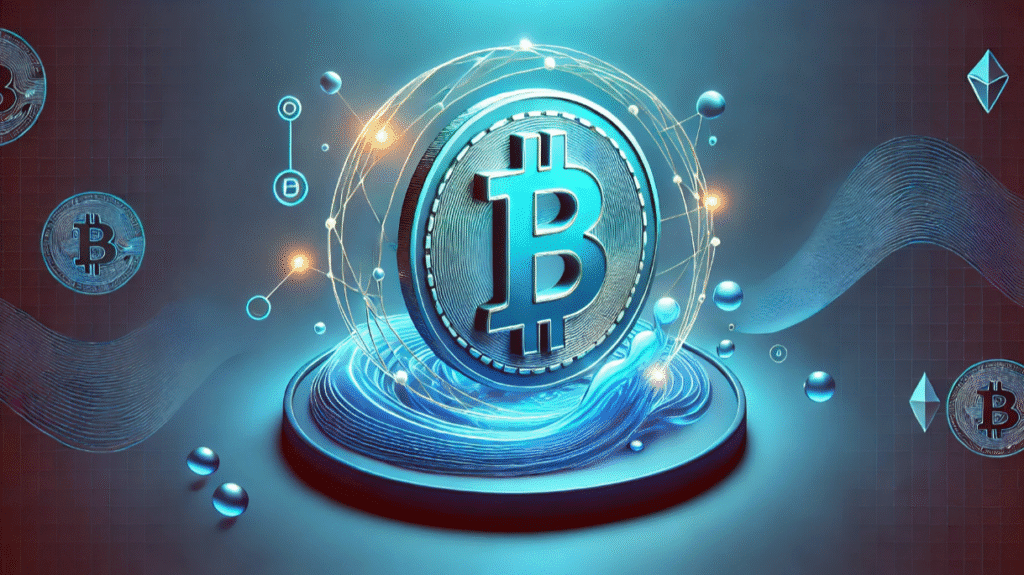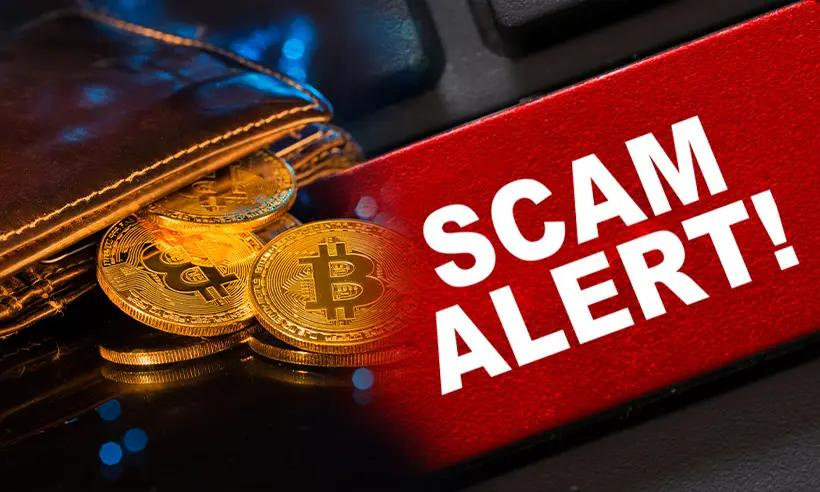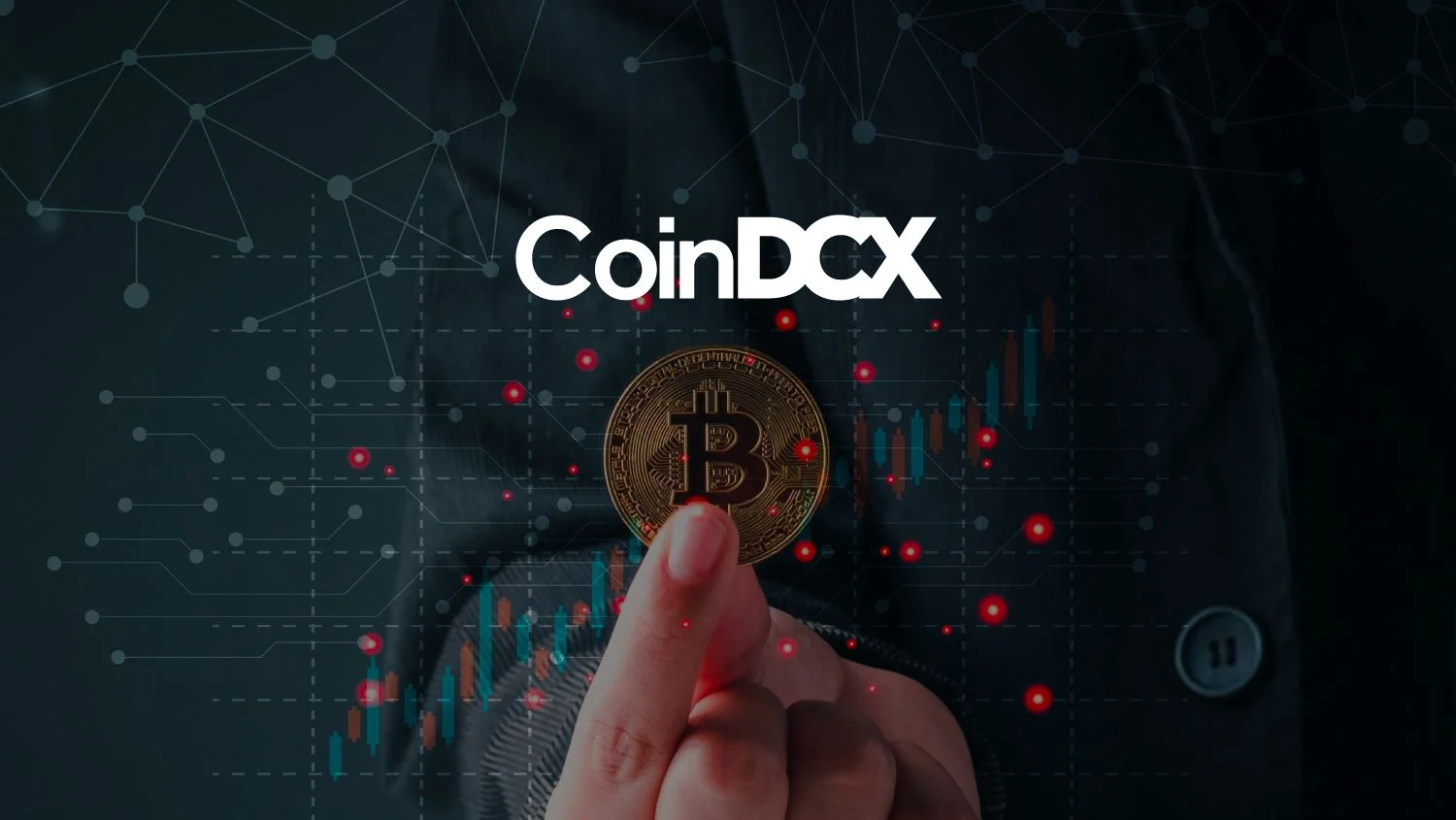Now Reading: Bitcoin Slips as U.S. Trade Concerns Rattle Markets, Wiping Out 4% in Market Cap
-
01
Bitcoin Slips as U.S. Trade Concerns Rattle Markets, Wiping Out 4% in Market Cap
Bitcoin Slips as U.S. Trade Concerns Rattle Markets, Wiping Out 4% in Market Cap
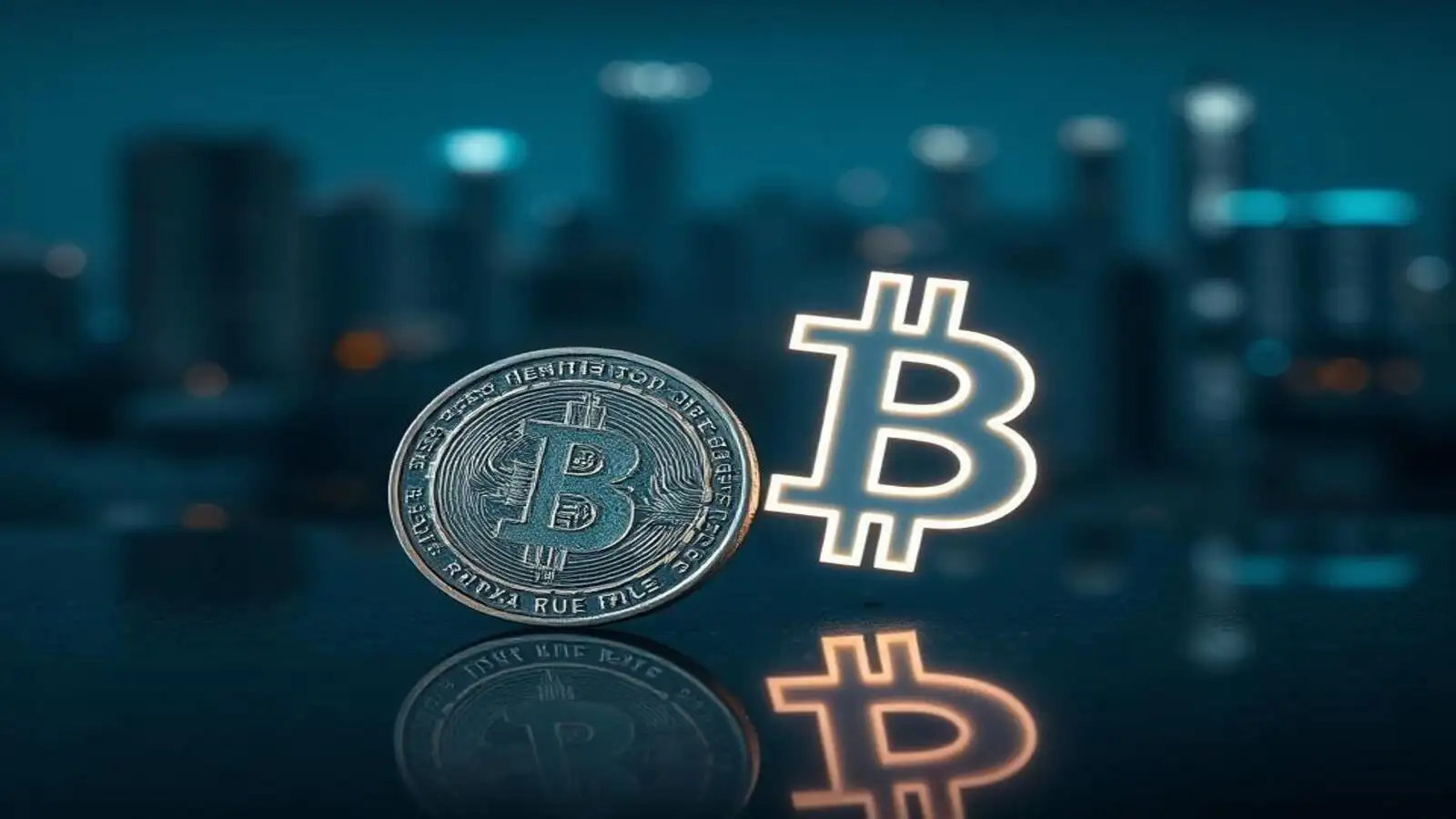
Bitcoin prices took a sharp hit this week, falling by nearly 4% as fears over U.S. trade tensions sent a ripple across global financial markets. The decline, though not unprecedented, signals growing investor caution and has triggered concern among crypto users in India—especially in Tier 2 cities where adoption is growing but understanding remains limited.
Why Did Bitcoin Fall?
The recent dip is largely being linked to fresh uncertainty in the U.S. over trade policies and potential tariffs. This created a wave of risk-off sentiment, where investors pull money out of volatile assets like crypto and move it into safer options like gold or the U.S. dollar.
Bitcoin, often seen as a hedge in uncertain times, surprisingly reacted like a risk asset this time—dropping below key support levels and dragging down the overall market cap. Other major coins like Ethereum and Solana also registered losses.
What It Means for Indian Investors
Crypto users in India, particularly in Tier 2 and Tier 3 cities, are increasingly treating Bitcoin as a long-term store of value. However, the recent volatility has reminded many that global events—even those unrelated to crypto—can significantly impact prices.
Those who entered the market during the recent bullish wave may now face short-term losses or confusion about whether to hold or exit. With little official guidance from Indian regulators and no investor protection in place, many retail users are left to navigate these price swings on their own.
Should You Be Worried?
A 4% fall might not seem massive in traditional markets, but in crypto, it can snowball quickly. Still, seasoned investors aren’t panicking. Many see this dip as a regular part of Bitcoin’s cycle, especially as macroeconomic factors continue to shape investor behaviour.
For everyday users, the key takeaway is this: crypto is still tied to the broader global mood. It’s not immune to what’s happening in the world, whether it’s a policy change in the U.S. or rising inflation fears globally.
Conclusion
Bitcoin’s 4% dip amid U.S. trade jitters is a timely reminder that the crypto world doesn’t exist in isolation. For Indian users, especially from Tier 2 cities who are newer to this space, it highlights the need to stay informed, diversify cautiously, and avoid knee-jerk decisions based on global headlines. The market may bounce back—but awareness will always be your strongest asset.








